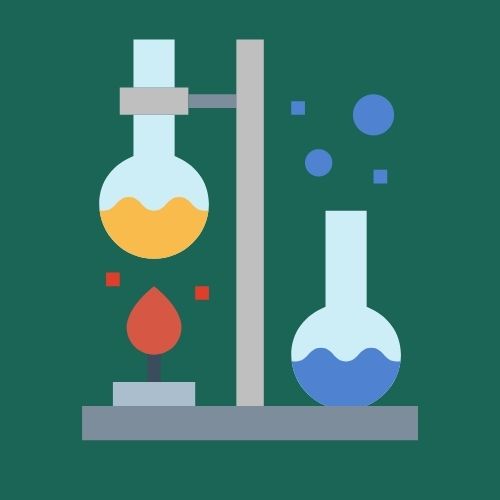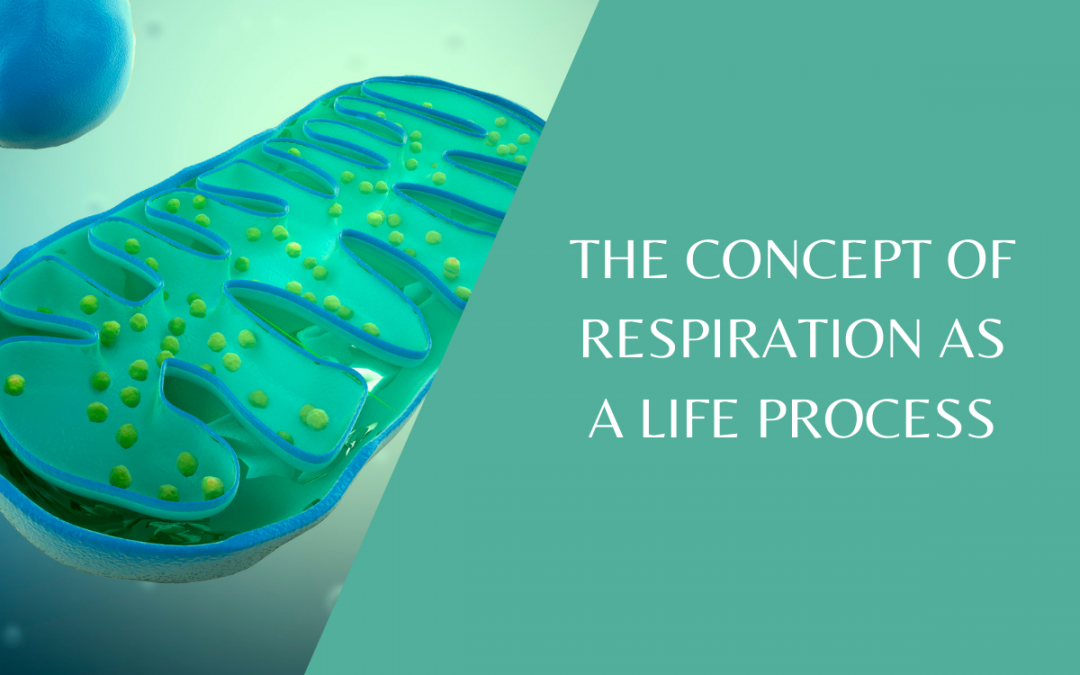Can you explain what Respiration is?
Do you know the difference between aerobic and anaerobic respiration?
Do you get baffled by the word equations for respiration?
Respiration features in both KS3 and KS4 Biology lessons and helps you understand many other processes as well. You need to grasp the concept of respiration as a life process and everything that is involved, including where, why, and when it happens. It will help your learning if you can link respiration to photosynthesis and explain this link. We look at what respiration is, the two types of respiration and the equations you need to learn.
What is it?
Respiration is one of the seven life processes essential to living organisms. The process takes place inside the cell, in the mitochondria. So if you are unsure of what the mitochondria look like now is the time to check your understanding. Often in questions about respiration, you will be asked to identify the site where it occurs before answering any more details.
Respiration is the process when energy is released as a result of a chemical reaction between glucose (a sugar) and oxygen.
Be careful when explaining respiration as many students muddle it with gas exchange. You need to have the gas (oxygen) before (aerobic) respiration can take place. Remember that there are two types of respiration so make it clear which one you are referring to and why.
Aerobic Respiration
This occurs in the mitochondria of animal and plant cells (always include plants when talking about respiration as they are a living organism too). Aerobic respiration uses oxygen which reacts with glucose to release energy, carbon dioxide and water. As this is a chemical reaction it can be represented by a word equation and it is essential you learn this (At KS4 you will need to know the symbol equation as well).
Glucose + Oxygen → (Energy) + Carbon Dioxide + Water
You need to be able to recall this equation, explain what happens and talk about how much energy it releases compared to Anaerobic respiration.
Anaerobic Respiration
Without oxygen present, Anaerobic respiration occurs. This occurs when there is a lack of oxygen available and as a result it does not release as much energy, but it does also release Lactic Acid.
Glucose → Lactic Acid + (Energy)
As well as recalling this equation, you should be able to explain when this is likely to happen and what the effects of a build up of lactic acid are.
Plants and Photosynthesis
Remember that plants are living organisms too and so respiration occurs in their mitochondria as well. If you look carefully you will see the link between the photosynthesis equation and the aerobic respiration equation. You also need to know why energy is written in a bracket or on the arrow.
Photosynthesis
Light energy
Water + Carbon Dioxide → Oxygen + Glucose
Chlorophyll
Aerobic Respiration
Glucose + Oxygen → (Energy) + Carbon Dioxide + Water
We hope this blog gives you a good introduction into the concept of respiration and can also help as a starting point for your revision on this topic. Don’t forget that we have many lessons available on our YouTube channel.
Get in touch if you have any questions or would like some help with your KS3 science learning to fill in any knowledge gaps you have.
KEEP UP TO DATE - DON'T MISS OUT!
Our regular newsletters are filled with helpful and interesting information to help you with your Science at school

